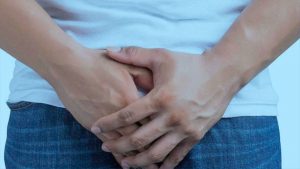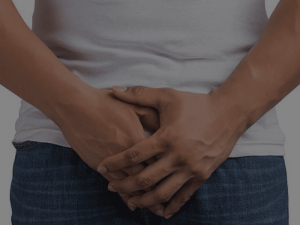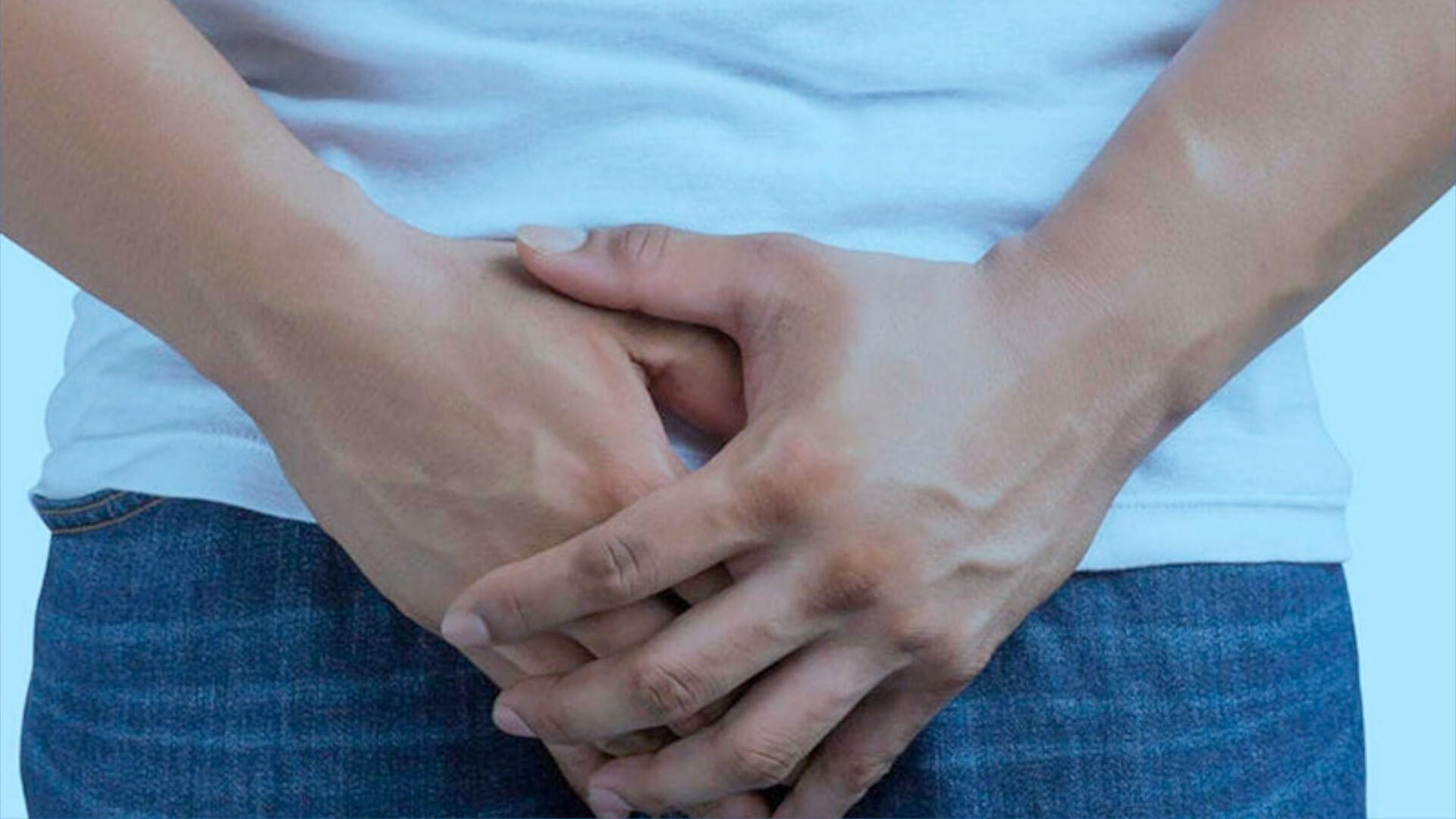What is Testosterone?
Testosterone, or the androgen steroid hormone, is a sex hormone in the body which plays a major role in balancing overall health and growth of men. Although it is present in both females and males, it is in much higher levels in males and contributes towards developing physical traits and features, and regulating red cell count and sperm production.
Testosterone in Females
Women have it but in significantly smaller amounts. In women, the ovaries produce the most testosterone. Women who have above-average testosterone levels (15ng/dL to 70ng/dL) might experience symptoms such as:
- Facial hair that is thick and dark.
- Acne and oily skin.
- Hair thinning.
- Irregular menstrual cycle.
- Increased clitoris size.
- Decreased breast size.
- Deepening of the voice.
If you are a woman experiencing any of these symptoms, talk to your doctor about getting your hormone levels checked.
Testosterone in Males
Testosterone is what spurs the physical changes in a boy when he is becoming a man. It is the main sex hormone in men and contributes to the transformative period known as puberty. This hormone contributes to changes such as:
- Penis and testes growth.
- Growth of facial hair, pubic hair and body hair.
- Deepening of the voice.
- Growing
- Building muscle.
- Producing sperm for reproduction.
In grown men, testosterone contributes to maintaining:
- Bone density.
- Red cell production.
- Facial and body hair.
- Sperm production.
- Fat distribution.
- Muscle mass.
Testosterone Problems
It is important to keep everything in balance when it comes to our health, and testosterone is no different. Problems can arise from both testosterone levels that are too high or too low. If you are experiencing symptoms related to low or high testosterone ask your doctor for a testosterone test.
Low Testosterone
Testosterone levels that are too low can lead to problems such as a decrease in muscle and bone strength, low energy and low fertility. If a man’s hormone level is below 300ng/dL, they fall under the low-testosterone category. Low levels of testosterone might be a result of over-exercising, poor diet choices, medication side effects, thyroid problems, diabetes, sleep apnea and even HIV. Symptoms of low testosterone include:
- A decrease in sex drive.
- Problems with erections.
- Low sperm count.
- Emotional changes (depression, low motivation).
- Interrupted sleep patterns.
- Reduced bone density and muscle.
- Enlarged or tender breasts.
Hypogonadism
As men age it is normal for testosterone levels to decrease, but hypogonadism is a disease that can cause the same effect.
High Testosterone
High levels of testosterone is usually a problem among young boys and can cause them to start puberty prematurely (before age nine). Possible causes of high testosterone in young boys are tumors or contact with adult testosterone gel. In other cases of high testosterone with men and women, possible causes are:
- Resistance to the action of male hormones.
- Tumor of the ovaries.
- Cancer of the testes.
- Congenital adrenal hyperplasia.
- Side effects of medication that increase testosterone levels.
Test Your Testosterone Levels
Finding out where your hormone levels fall on the spectrum is easy. Tell your doctor you want to measure your levels and they will order a blood test. Tests are done between 7am and 10am for an accurate reading because testosterone levels are highest in the morning. A normal male testosterone level is 300ng/dL to 1000ng/dL. Testosterone levels can change from one day to another, so your doctor may recommend taking another test the next day. Testosterone levels are the highest in men aged 20 to 30 and decrease after 30 to 35.
Testosterone Replacement Therapy
If you are suffering from the effects of low testosterone levels, talk to your doctor about testosterone replacement therapy. There are several methods of treatment such as:
- Skin Gel: This is the most common treatment, and is administered to about 70 out of 100 patients, according to the Official Foundation of the American Urological Association. The gel is administered on the shoulders or upper arms following a shower. Exercise extreme caution when using this treatment method as it can be transferred accidentally to others or gotten into by small children. Always wash clothes that have been exposed to the
- Shots: Injections are usually administered every seven to 14 days. This treatment can cause spikes in testosterone levels and therefore an up-and-down effect on mood. About 17 out of 100 patients receive shot testosterone treatment.
- Long-acting Pellets: Pellets are placed underneath the skin in the hips or buttocks area. The implant then slowly releases testosterone. This low-maintenance solution requires the pellets be replaced every three to six months.
- Patches: The patch releases small amounts of testosterone. This solution requires the person replaces the patch every 24 hours.
- Pills: Testosterone is administered orally in a tablet twice a day, and is absorbed into the bloodstream.
With any of these treatments it is imperative you talk to your doctor about possible risks and side-effects. The U.S Food & Drug Administration cautions that testosterone treatment products should be used only by men who have low testosterone as a result of medical conditions and not due to aging. Do not take testosterone-boosting products or supplements without approval from your doctor. Possible side effects reported by the Official Foundation of the American Urological Association include:
- Acne,
- Breast swelling or soreness.
- Raised red blood cell count.
- Swelling of the feet or ankles.
- Small testicles.
- Infertility.
During and after any treatments it is important to have check-ups with your doctor.











